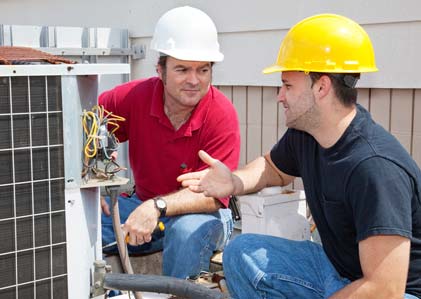Climate Control in Homes Built in the 1940s
A post-war economy and the rise of the automobile led to a housing boom in the second half of the 1940s. Air conditioning was still a ways away, but home heating was a necessity for a population largely located in northern climates, and several wartime innovations in heating systems became available to the consumer during peacetime. The housing boom required more affordable heating systems; radiant heating systems became popular as a result. Asbestos cement siding and roofing were also widely used during this time.
While the 1940s saw the beginnings of some modern climate control systems, the tooling and architecture of houses built in this era do not match modern standards. Houses from the 1940s lack features considered essential today for radiant heating in homes, and almost certainly have innate inefficiencies that have been made even worse over the years.
Everything HVAC-related from the time that the house was built will need to be replaced, and likely already has been more than once—but even the replacements might now be out of date.
Air conditioning will need to be installed if it hasn’t been already. A full inspection for air leaks, asbestos, and other climate control inefficiencies is recommended. Some issues (e.g., room layout, structural problems, whether the house was built on a concrete slab or not) may not be fixable from an energy-efficiency perspective.



